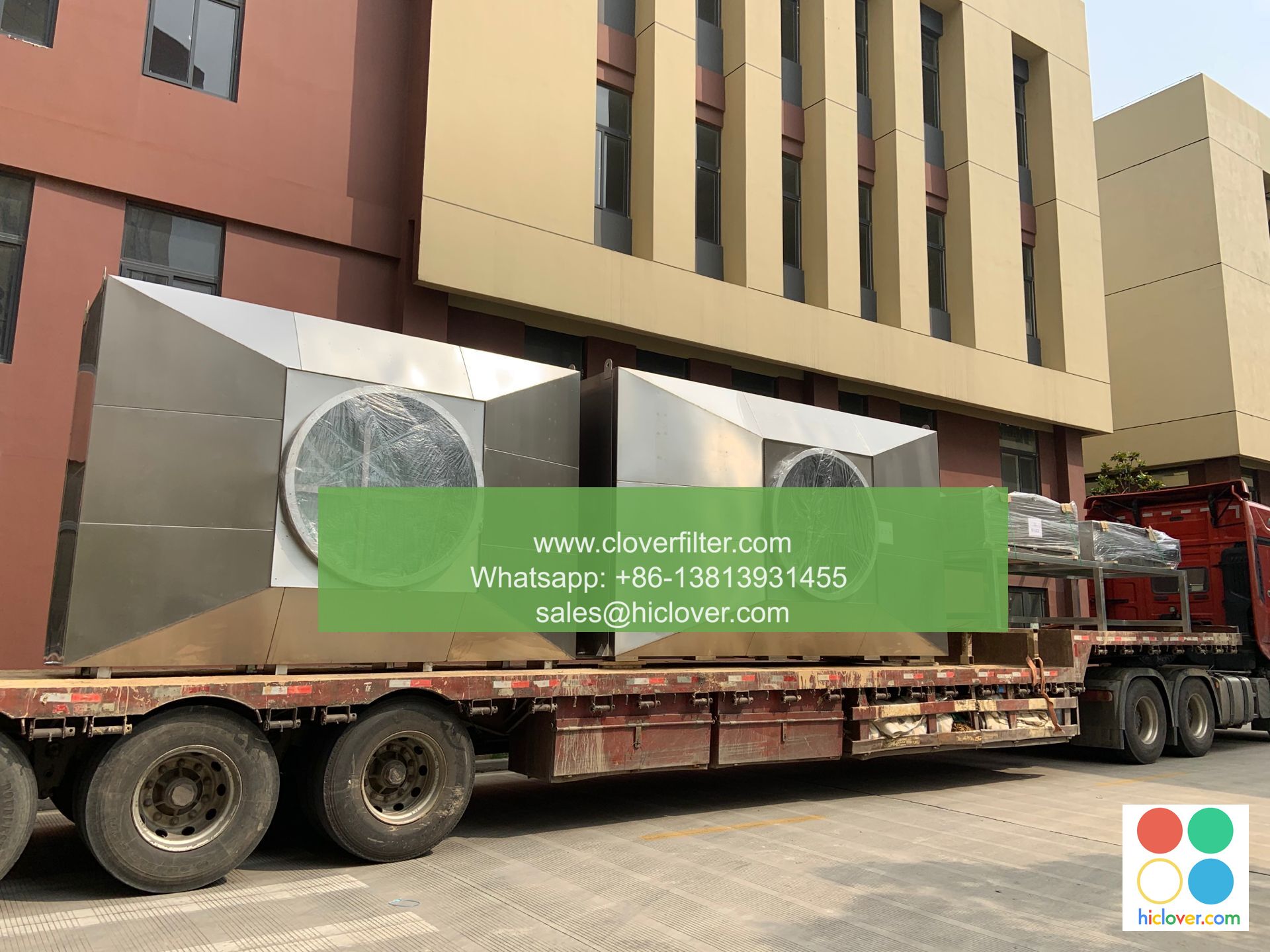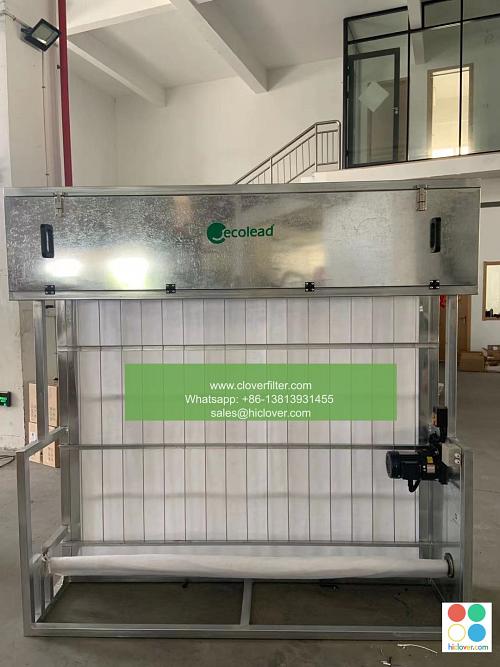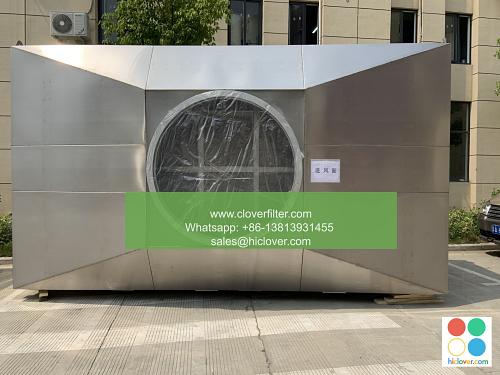The Pros and Cons of DIY Air Filter Installation for Industrial Use

The installation of air filters is a critical aspect of maintaining a clean and healthy environment in industrial settings. While hiring a professional to install air filters can be costly, many industries are opting for DIY air filter installation to cut costs. In this article, we will explore the pros and cons of DIY air filter installation for industrial use, highlighting various application areas and industrial air filtration systems.
Pros of DIY Air Filter Installation
There are several benefits to installing air filters yourself, including:
- Cost savings: DIY air filter installation can help industries save on labor costs and installation fees.
- Increased control: By installing air filters yourself, you have complete control over the air filtration process and can ensure that the filters are installed correctly.
- Flexibility: DIY air filter installation allows you to install filters at your own pace and schedule maintenance according to your needs.
- Improved air quality: Properly installed air filters can significantly improve indoor air quality and reduce the risk of airborne contaminants.
Some popular DIY air filter installation kits include:
- Pre-filter kits: Designed to capture large particles and debris before they enter the air filtration system.
- HEPA filter kits: High-efficiency particulate air filters that can capture up to 99.97% of particles as small as 0.3 microns.
- Activated carbon filter kits: Designed to capture gases and odors, these filters are ideal for industries that work with chemicals and hazardous materials.
Cons of DIY Air Filter Installation
While DIY air filter installation can be cost-effective, there are also some drawbacks to consider:
- Lack of expertise: Without proper training and experience, it can be difficult to ensure that air filters are installed correctly, which can lead to reduced air quality and increased maintenance costs.
- Safety risks: Improperly installed air filters can pose safety risks to employees and equipment, particularly in industries that work with hazardous materials and explosive dust.
- Warranty voidance: Many air filter manufacturers void warranties if filters are not installed by a certified professional, which can leave industries with no recourse in case of faulty filters.
- Regulatory non-compliance: DIY air filter installation may not meet regulatory requirements for air quality and safety, which can result in fines and penalties.
Application Areas for DIY Air Filter Installation
DIY air filter installation can be applied to a variety of industrial settings, including:
- Manufacturing facilities: Air filters can help improve indoor air quality and reduce the risk of airborne contaminants in manufacturing facilities.
- Warehouses: DIY air filter installation can help improve air quality and reduce dust and debris in warehouses.
- Hospitals and healthcare facilities: Air filters can help improve indoor air quality and reduce the risk of airborne pathogens in hospitals and healthcare facilities.
- Food processing facilities: DIY air filter installation can help improve air quality and reduce the risk of contamination in food processing facilities.
Best Practices for DIY Air Filter Installation
To ensure successful DIY air filter installation, follow these best practices:
- Read and follow manufacturer instructions: Make sure to read and follow the manufacturer’s instructions for installation and maintenance.
- Wear protective gear: Wear protective gear, such as gloves and masks, when handling air filters and hazardous materials.
- Test air filters: Test air filters regularly to ensure they are functioning properly and replacing them as needed.
- Keep records: Keep records of air filter installation, maintenance, and replacement to ensure regulatory compliance and quality control.
In conclusion, DIY air filter installation can be a cost-effective and efficient way to improve indoor air quality in industrial settings. However, it’s essential to weigh the pros and cons and consider the potential risks and drawbacks. By following best practices and using high-quality air filtration systems, industries can ensure successful DIY air filter installation and maintain a clean and healthy environment.
It seems like you forgot to include the prompt. Could you please provide more details or clarify what you would like to know or discuss? I’m here to help with any questions or topics you’d like to explore.


